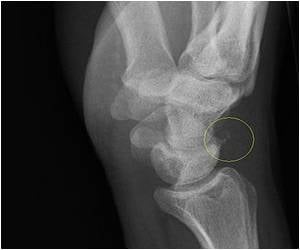How many times have you left a problem only to solve it as soon as you get back after a break? Well, an international team of researchers has found out the way such an “Aha!” moment occurs.
How many times have you left a problem only to solve it as soon as you get back after a break? Well, an international team of researchers has found out the way such an “Aha!” moment occurs.
The team comprising of scientists from Kellogg School of Management, the University of Toronto, and Radboud University Nijmegen have found that unconscious thought results in creative problem solving through a two-step process.The researchers say that distractions may be helpful in coming up with creative solutions to a certain problem, but must be followed by a period of conscious thought to ensure that a person is aware of those solutions and can apply them.
They, however, add that it may be better to stay focused on finding the solution when confronted with easier problems.
In one experiment conducted by the research group, 94 subjects participated in a Remote-Association Test (RAT) that examines creativity.
During the test, the participants were presented with three words (a triad) and were asked to come up with a fourth word that could be linked with all three words — for the word “blue” would be the correct answer if the researchers presented the subjects with the words “cheese”, “sky”, and “ocean” (blue cheese, blue sky, blue ocean).
The subjects were shown nine very difficult triads, instructed not to solve them yet, and then divided into groups.
Advertisement
After an interval of five minutes, all the subjects participated in a lexical decision test during which they were shown sequences of letters, and had to indicate as quickly as possible if the sequences were English words or not. The sequences presented included answers to the RAT triads, random words and non-words.
Advertisement
A second experiment, involving 36 subjects, had a similar set up to the previous experiment, though the RAT triads presented were much easier to solve compared to those in the first experiment.
The results showed that in the first experiment, during the lexical decision test, members of the unconscious thought group had much faster responses to letter sequences which were answers to RAT items, compared to the conscious thought group.
However, when it came time to solve the RAT problems, both groups had similar results.
In the second experiment, the conscious thought group had more correct RAT answers compared to the unconscious thought group, but there was no difference in response time during the lexical decision test.
“Conscious thought is better at making linear, analytic decisions, but unconscious thought is especially effective at solving complex problems. Unconscious activation may provide inspirational sparks underlying the ‘Aha!’ moment that eventually leads to important discoveries,” said Kellogg School of Management Professor Adam Galinsky and his co-authors.
The study has been published in the journal Psychological Science.
Source-ANI
RAS/L








